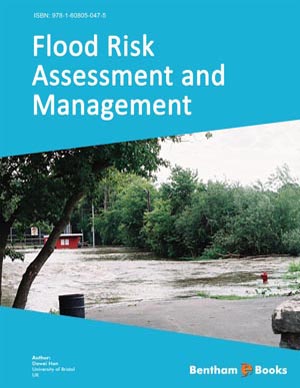Abstract
Much of the surface area in mountain regions has been converted to recreational activities in recent decades due to the increasing demand of tourists for winter sports. In general, ski-run construction and management have a great influence on the chemical and physical properties of underlying soils. To create ski-runs the natural landform is often changed to level the surface, thus exposing unweathered parent material or deep soil horizons. Thus the original soil thickness can be reduced, often resulting in a “turbated” topsoil. The result is that soils in ski-runs have an almost complete lack of structure, with subsequent problems of soil compaction and reduction of water and air permeability. Erosion on ski-runs is thus enhanced. One control that is often pursued is artificial seeding. However, depletion of soil organic matter, reduction in soil aggregate stability, and nutrient imbalance may affect plant development. In skirun restoration the improvement of soil organic matter and nutrient status is one of the most crucial tasks. A greater understanding of soil physico-chemical characteristics, plant colonisation and soil microbial activity after ski-run construction is necessary to enhance conservation and restoration of these disturbed pedoenvironments.
Keywords: Soil formation, artificial snow, erosion, soil compaction, soil nutrients, soil structure, pedogenesis, soil classification, winter sports, cold temperature, roots, anthropogenic soils, ski-run construction, ski-run restoration, soil/snow interaction, soil microbial biomass, best practices, land management.












